This is one of three pages of Indian Birds. What started as just an idea to note the various birds I see on my travels, has grown more into a major project. Most of these photos were taken in the Udaipur area..... a very good starting point for bird photography or bird watching.
November to February is when the area gets most visitors (Birds and Tourists) so most birds shown are either resident or winter vistors.
More information is provided at the bottom of the page.
All photos ©Keith Rawling 2010-2014 Updated 12/3/14
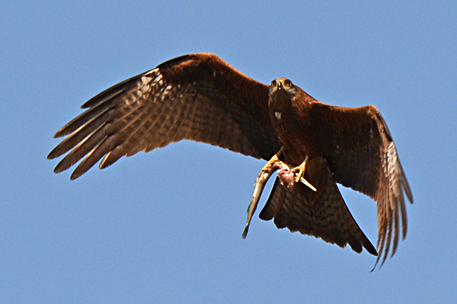
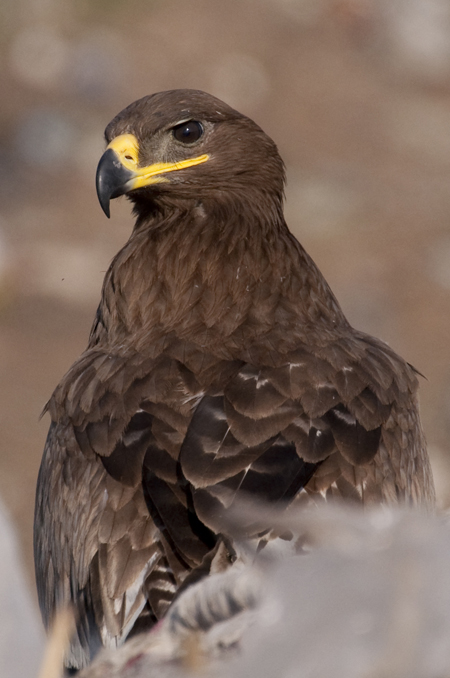

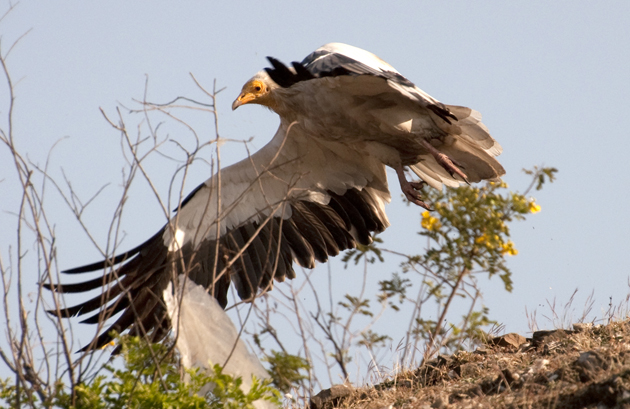
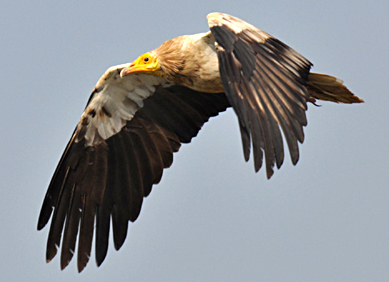
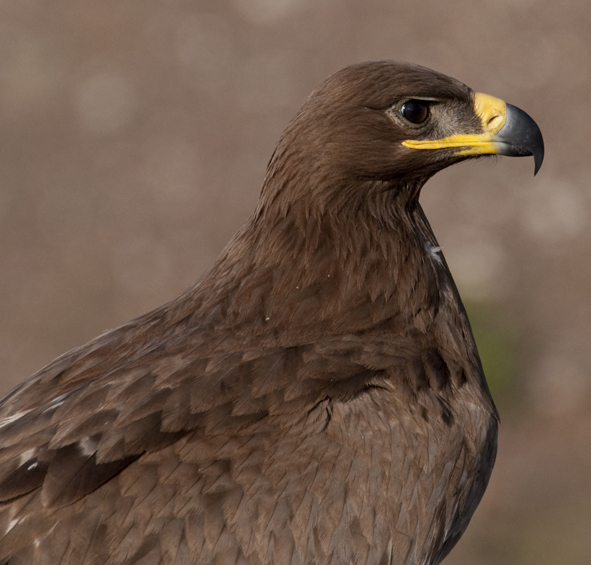
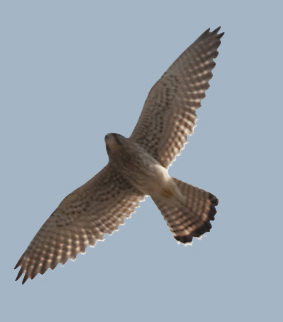
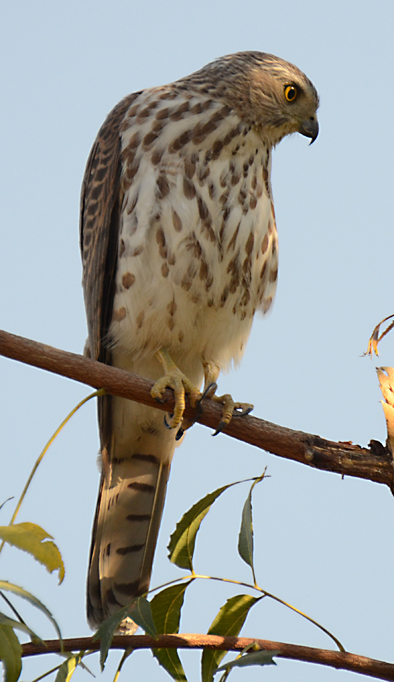

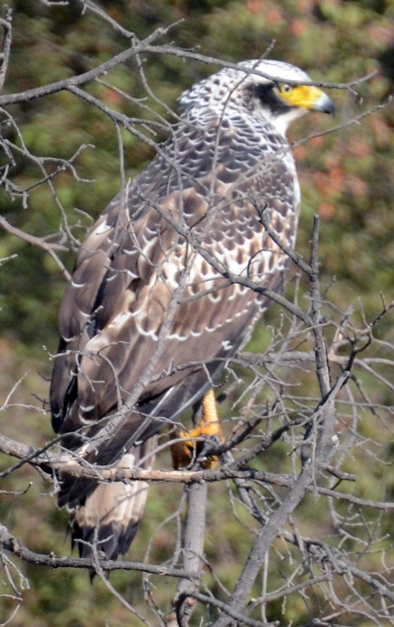
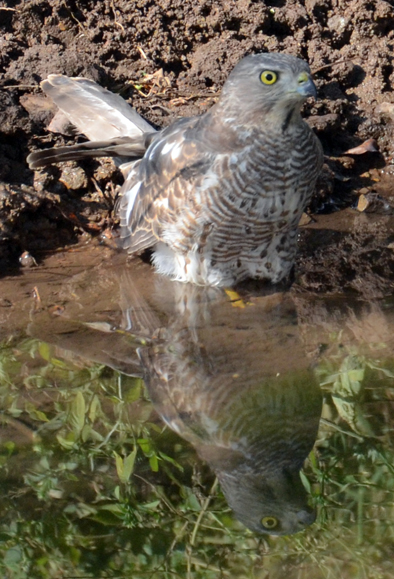
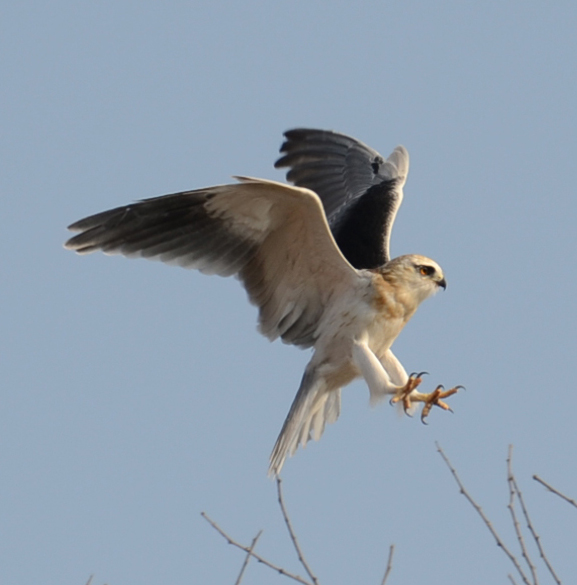
Pariah Kite or Black Kite known locally as a 'Cheel' is one of the most common raptors around cities. Look for the forked tail.
Egyptian Vulture or Scavenger Vulture is now the most common vulture in India. Easily identified in flight bt the tapered tail. Juveniles are brown (just to confuse us)
Crested Serpent Eagle
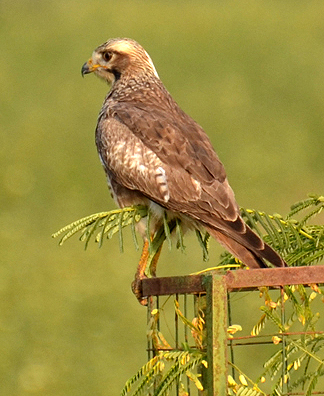
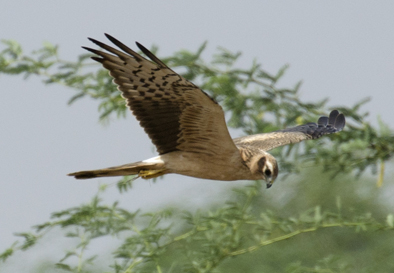
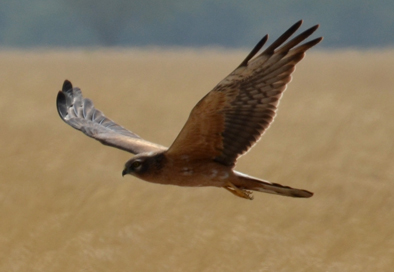
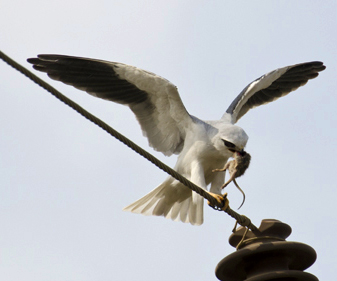
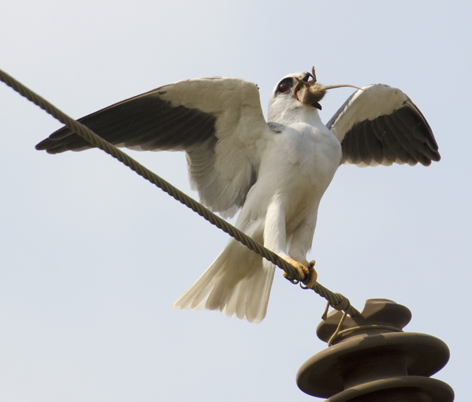

Rat supper .....Going.....
Going.....
Gone .....almost
Pallid Harrier
Pallid Harrier (juv)
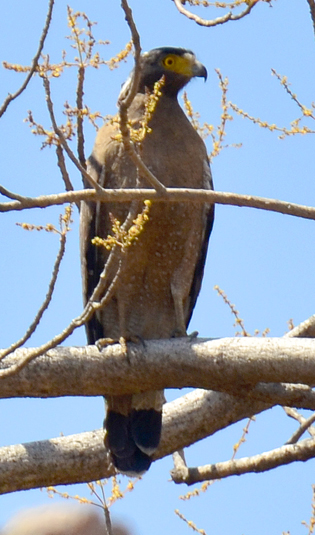

Photographed by
Keith Rawling
Keith Rawling
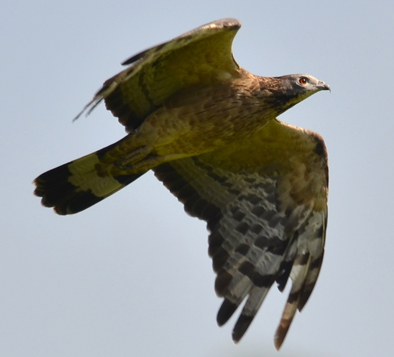
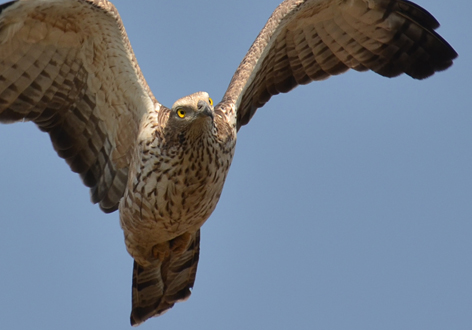
Oriental Honey-Buzzard (Oriantalis): Male and Female.
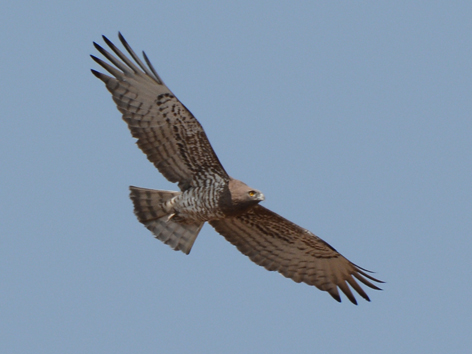
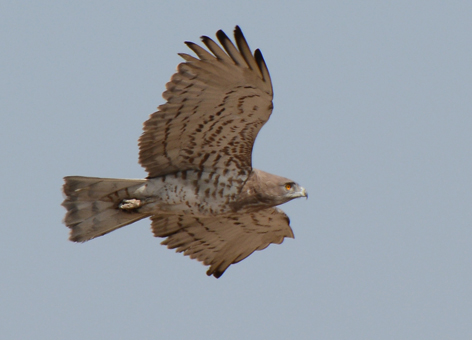
Raptors
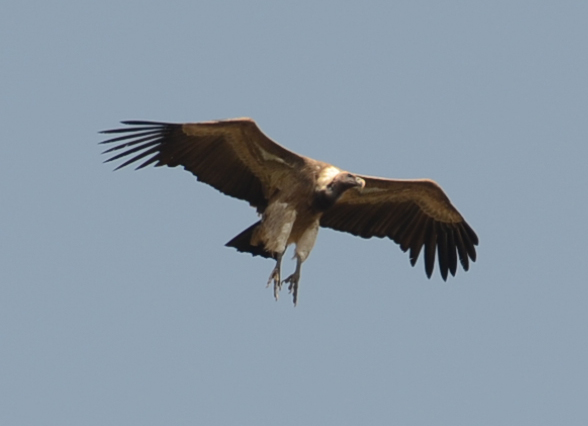
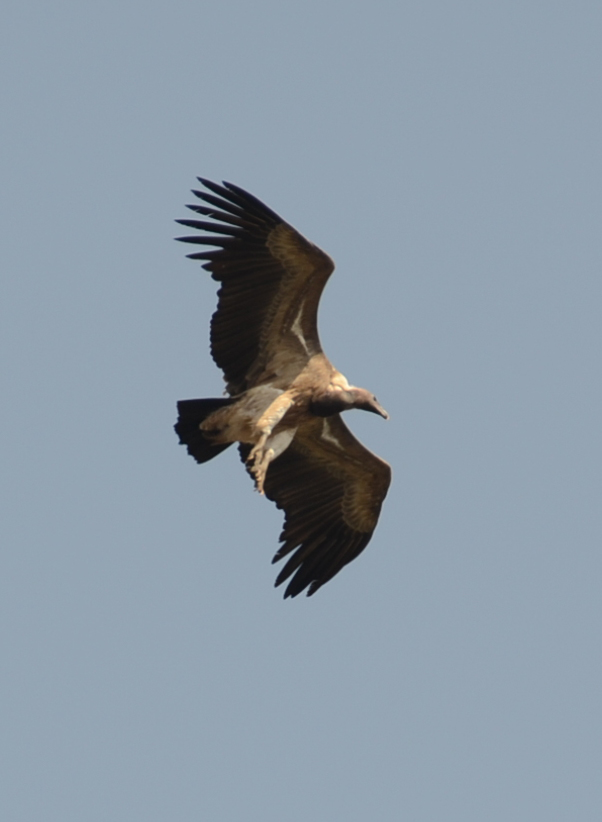
Long Billed or Indian Vulture: Vultures were once common in India. The vaccination used by farmers on their cattle proved be fatal to vultures and so are now on the critical list. A breeding program is now in place and the harmful chemical banned.
Steppe Eagle: Winter visitor. Very similar to the Tawny Eagle. The difference being the gape extends to the edge of the eye on the Steppe Eagle - The Tawny to the middle of the eye.
Crested Serpent Eagle (juv)
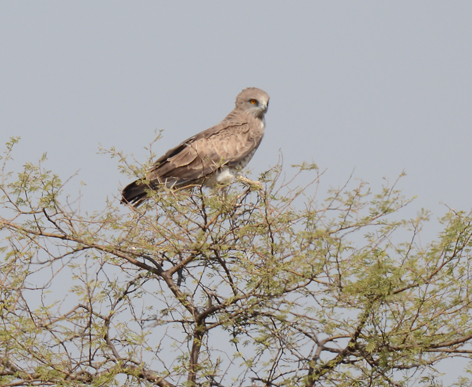
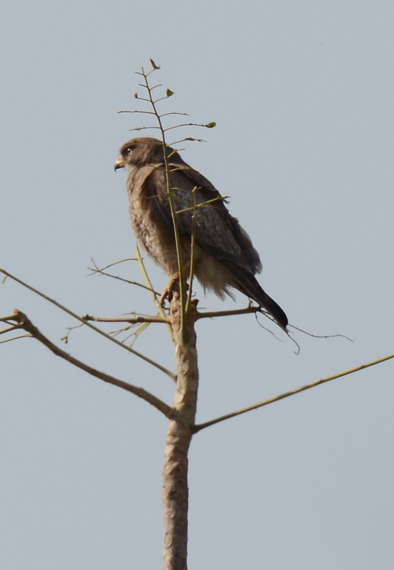

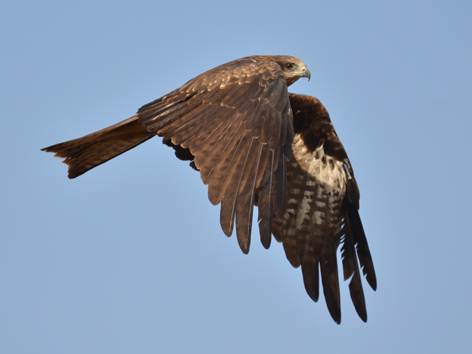
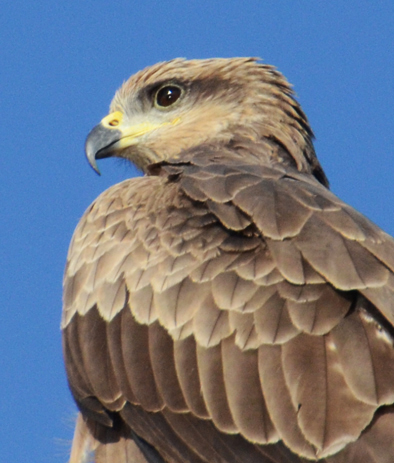
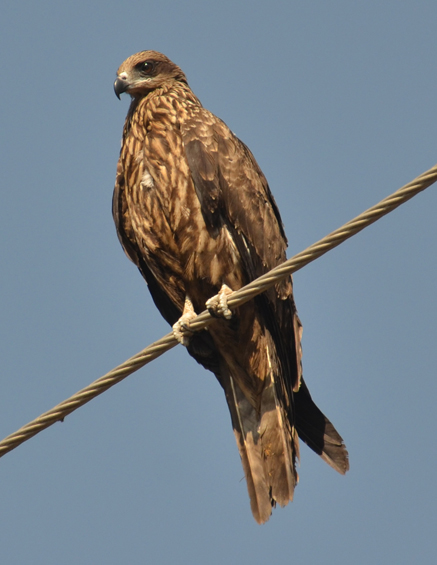
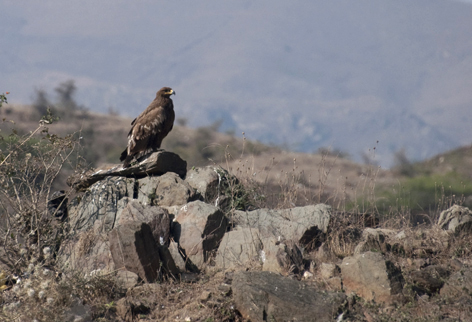
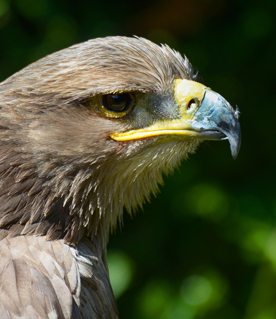
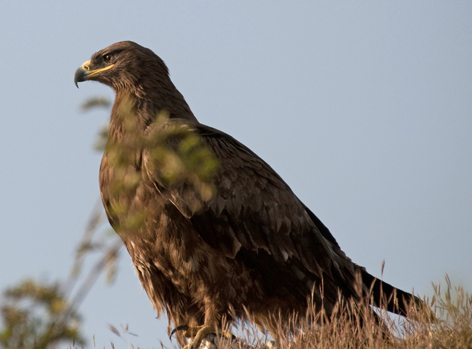
The Black Winged or Black Shouldered Kite Is probably the second most common raptor around Rajasthan.
Has the ability to hover like a Kestrel, then make a spectacular dive from a great height.
Has the ability to hover like a Kestrel, then make a spectacular dive from a great height.
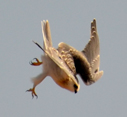
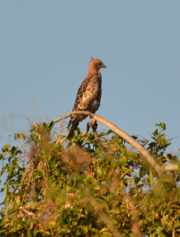
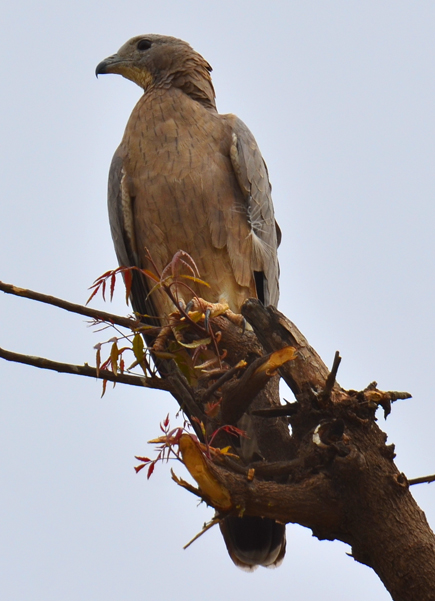
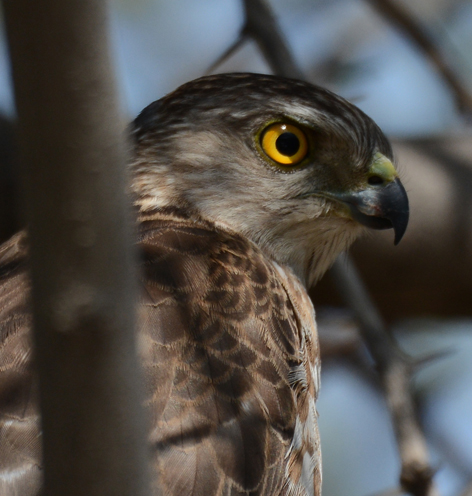
Shikra: one of the smaller falcons. Look for horizontal stripes on the chest of the adult....
Juveniles (left) don't have them..just to confuse us.
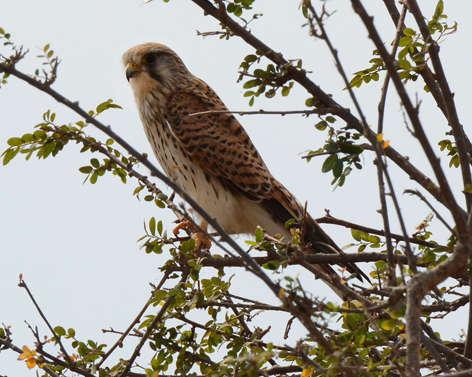
Common Buzzard

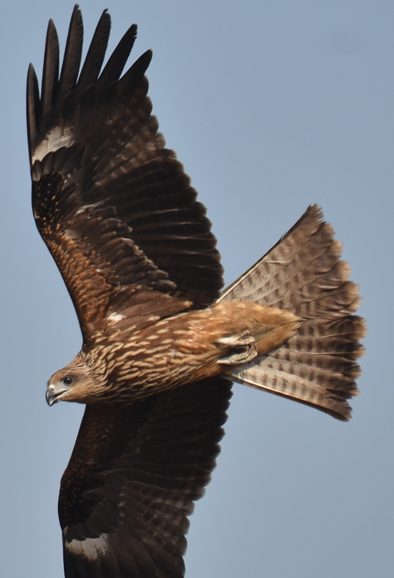
Pariah (black) kite (juv)
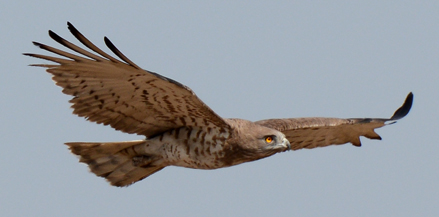
Short Toed Snake Eagle: light colour underneath but with brown head and nape
Oriental Honey-Buzzard (Rufficollis) - notice different chest pattern
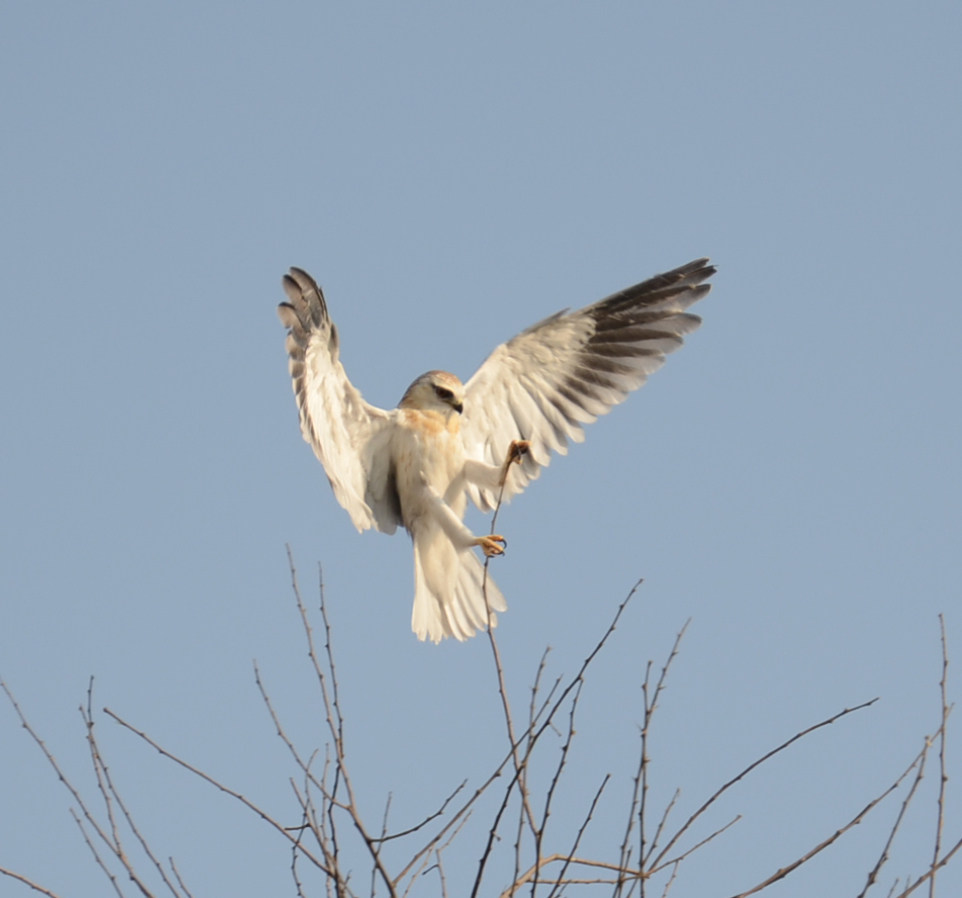
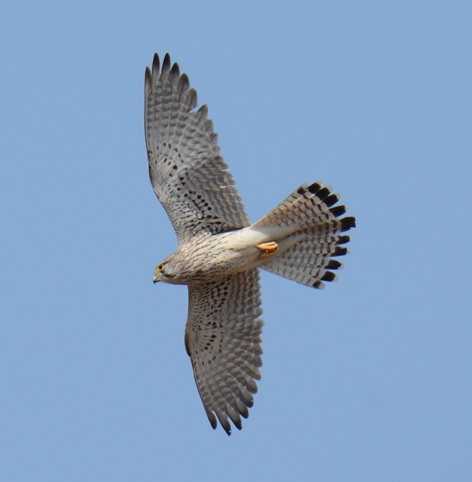
Kestrel:
In flight the black tips to it's tail are quite obvious.... the Shikra does not have these.
Left is a young female.
In flight the black tips to it's tail are quite obvious.... the Shikra does not have these.
Left is a young female.
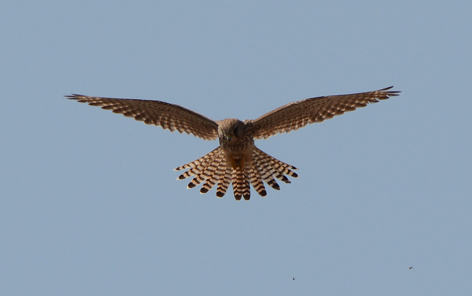
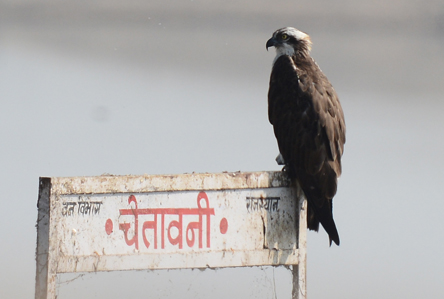
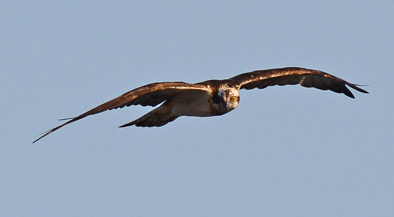
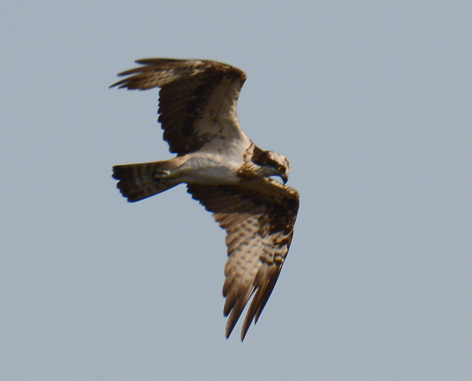
Osprey: The sign says 'Warning' to ''Take Care'...Take care to conserve nature.. take care not to harm living creatures... and take care of yourself.
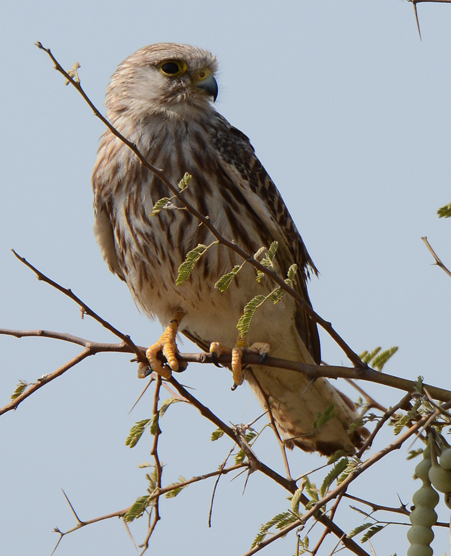
All photos shown on this page were taken in Rajasthan, in the wild, unless otherwise stated.
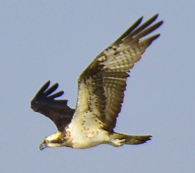
White Eyed Buzzard


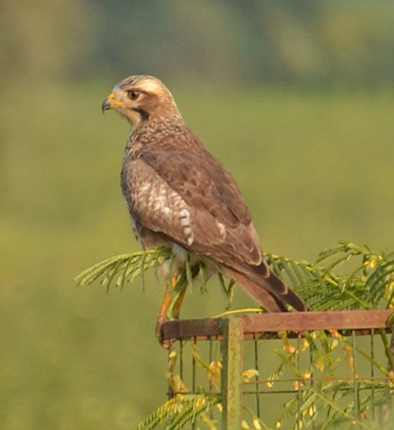
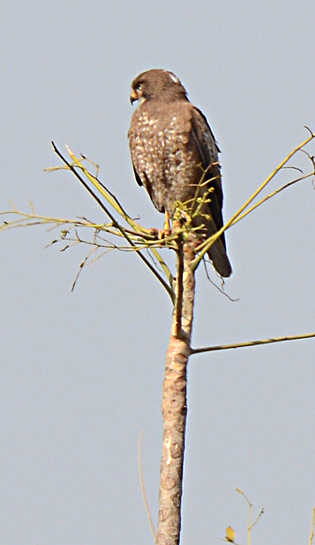

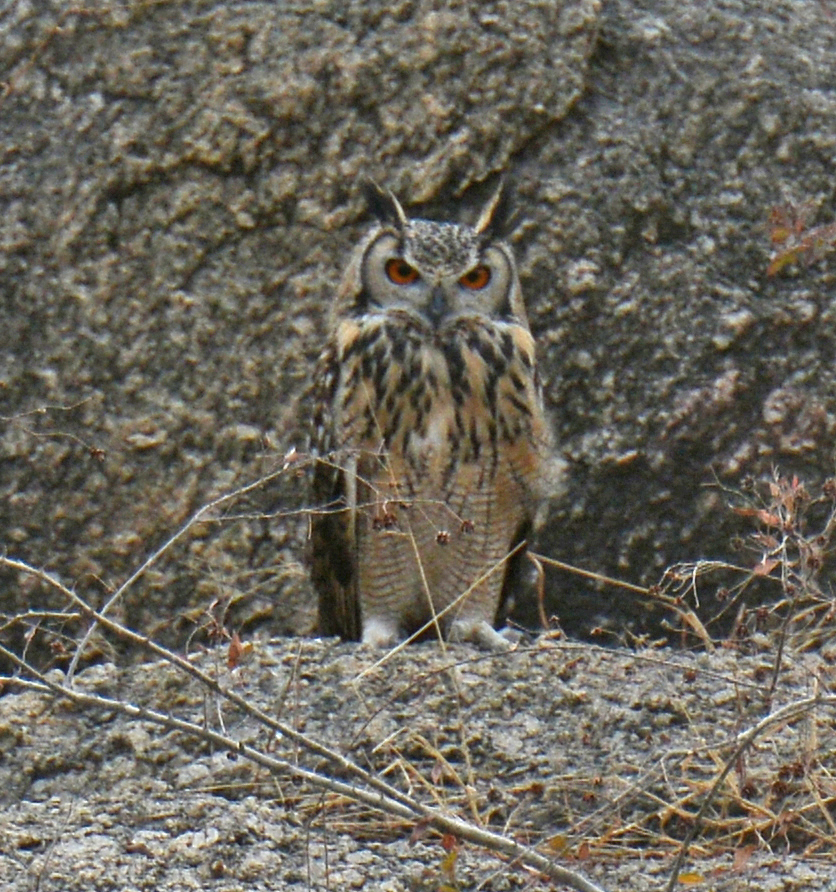
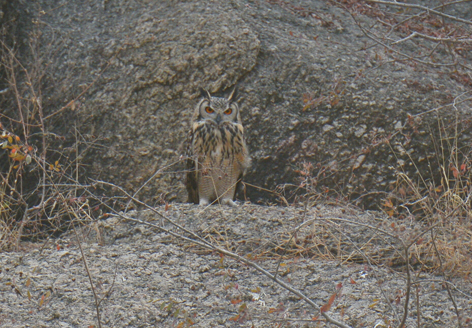
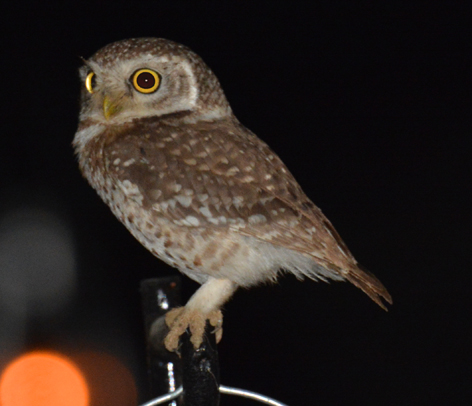
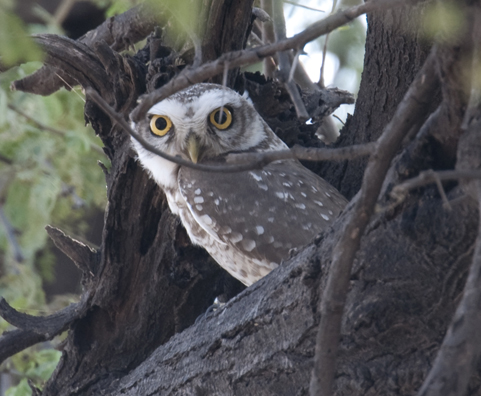
Owls: As they are mostly nocturnal...not the easiest to photograph. Here the impressive Indian Eagle Owl and the Spotted Owlet. I used flash to get the last one.
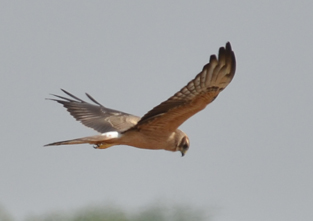

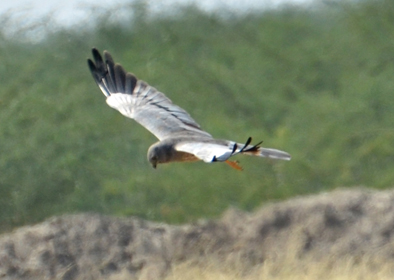
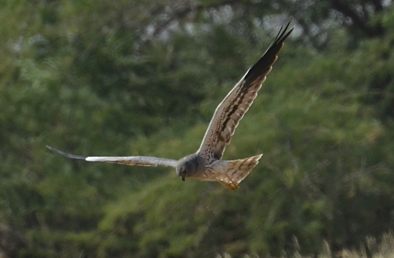
Hen Harrier
Montigu's Harrier
Hen Harrier
Montigu's Harrier
Although seen in Rajasthan, these Harriers were photographed in nearby Gujarat
This site has been updated since I got a copy of the the re-publication of 'Birds of the Indian Subcontinent' Oxford University Press. Easily the best book on the subject that I've seen. Consequently some these species will be re-named to align with this publication. I also consult 'Birds of India' - OM International Press. Both obtainable at the Strand Bookshop Mumbai. As there are crossovers Collins classic 'Birds of Britain and Europe' is very useful
Udaipur is a great centre for birdwatching and bird photography. Around the town and the lakes are quite a few opportunities to spot something different and get close enough to get good photos. For the rarer species obviously it's better to get out in the countryside. A car or rickshaw make a very good hide. A lot of these photos were taken on Samshu's 'Blue moon tours'.
Samshu is a good and trusted friend who can take you all the most likely places to get good photos.
Samshu is a good and trusted friend who can take you all the most likely places to get good photos.
Techy Info: For Bird photography in India I travel light, two cameras, and two lenses - attached. I don't like changing lenses when out shooting in case dust gets in. Currently I take Nikon D7100s, a 28-300mm lens which I find easier to track the birds in flight, but I also have the new 80 - 400mm lens when I require that extra reach. Set to shutter priority (1000th) to capture movement and to limit camera shake. The light is fantastic so 200 ISO is OK most of the time.
Most images have been cropped and reduced for the purposes of this web pages. Full sized files of most images shown are suitable for publication or web design. Photo prints are available. For any further information contact me at:- keith.rawling@btconnect.com.
See also:
Indian Tawny Eagle - Captive